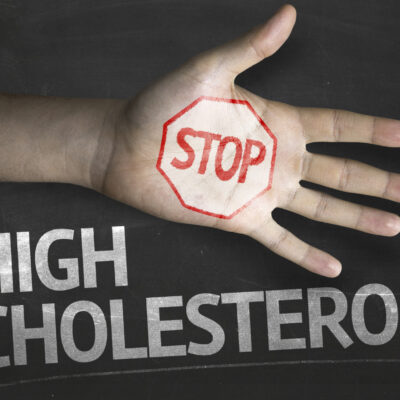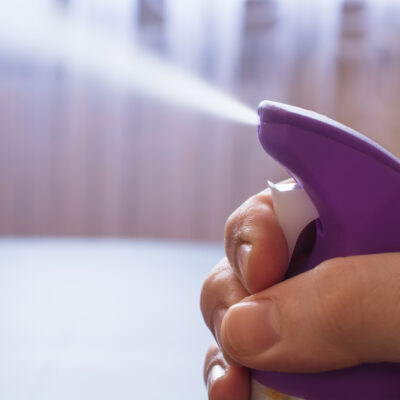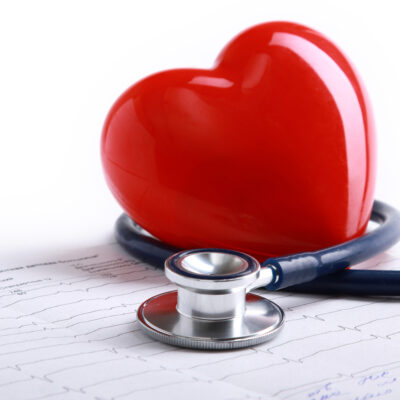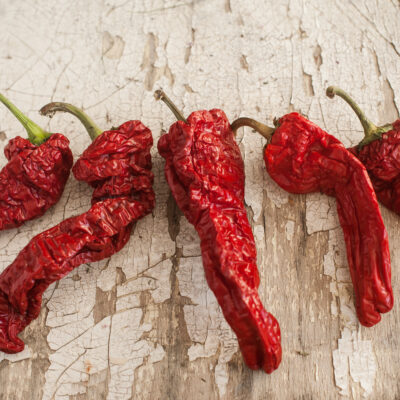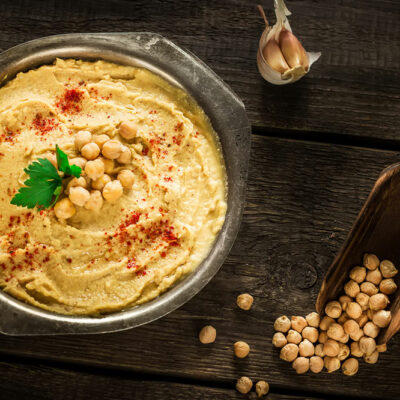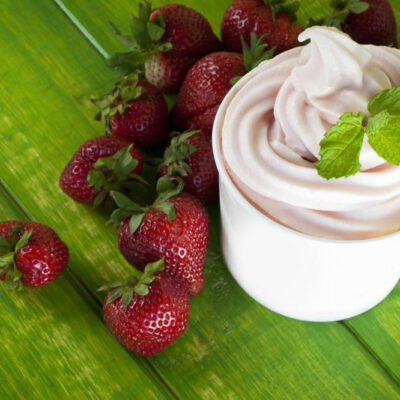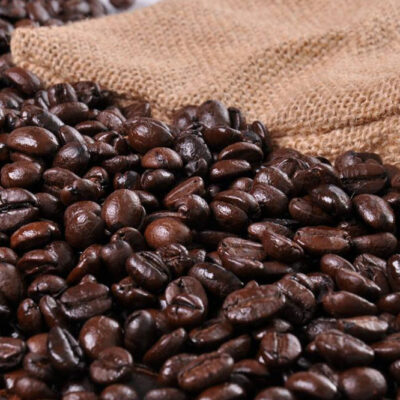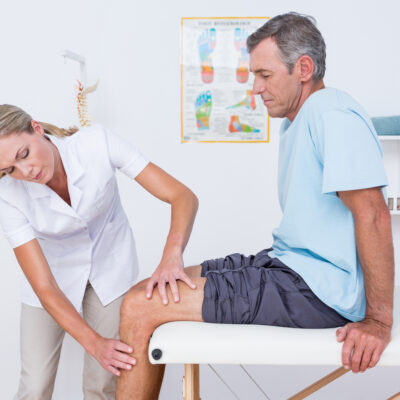
Health
How To Treat Arthritis
Arthritis can be described as swelling and/or inflammation of joints. While different types of arthritis can have different causes, they all revolve around painful, stiff and swollen joints that cause mobility issues. Some of the main types of arthritis are rheumatoid arthritis, gout, osteoarthritis, psoriatic arthritis, and ankylosing spondylitis. Thankfully, arthritis is treatable: 1. Biologic response modifiers Enbrel, the brand name for Entanercept, is a biological agent that inhibits inflammation. Since arthritis is an autoimmune disorder, Enbrel works to interfere directly with the immune system, making sure that it does not go into overdrive and bring harm to the individual. Enbrel mainly works by acting as a decoy to a chemical called TNF, which normally produces inflammation. This decoy makes sure that that inflammation does not take place. Enbrel is approved for use for most types of arthritis. 2. Monoclonal antibodies Monoclonal antibodies are cloned white blood cells with the express purpose of engineering a specific type of antibody. Examples include Vedolizumab entyvio, infliximab,tremfya for psoriatic arthritis, and adalimumab. Similar to Enbrel (Entanercept), infliximab also works to neutralize the TNF chemical and attack inflammation although the key difference is that infliximab works by binding to the cell. These antibodies are known as chimeras, because originally the antibodies were engineered from mice.
Read More 